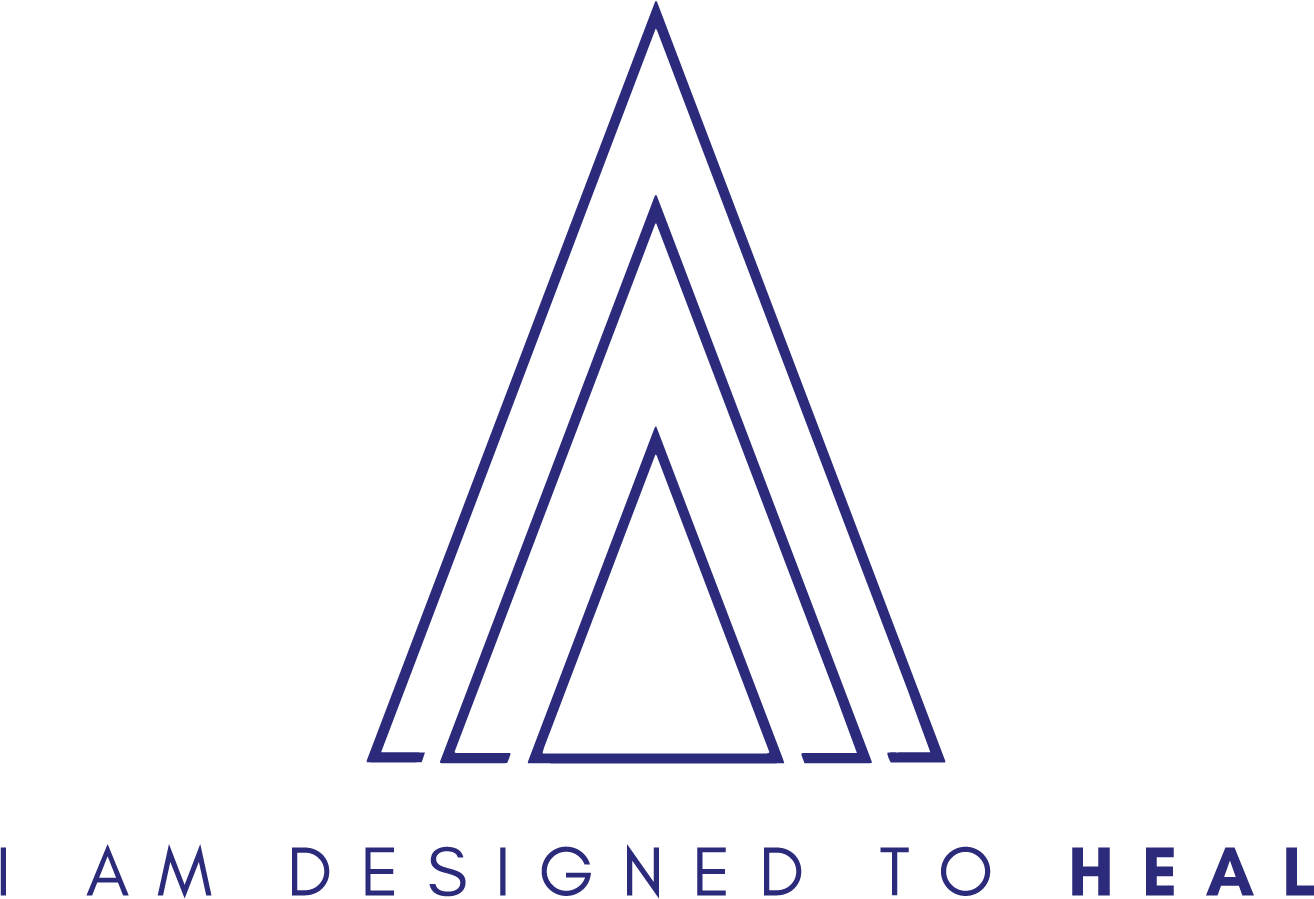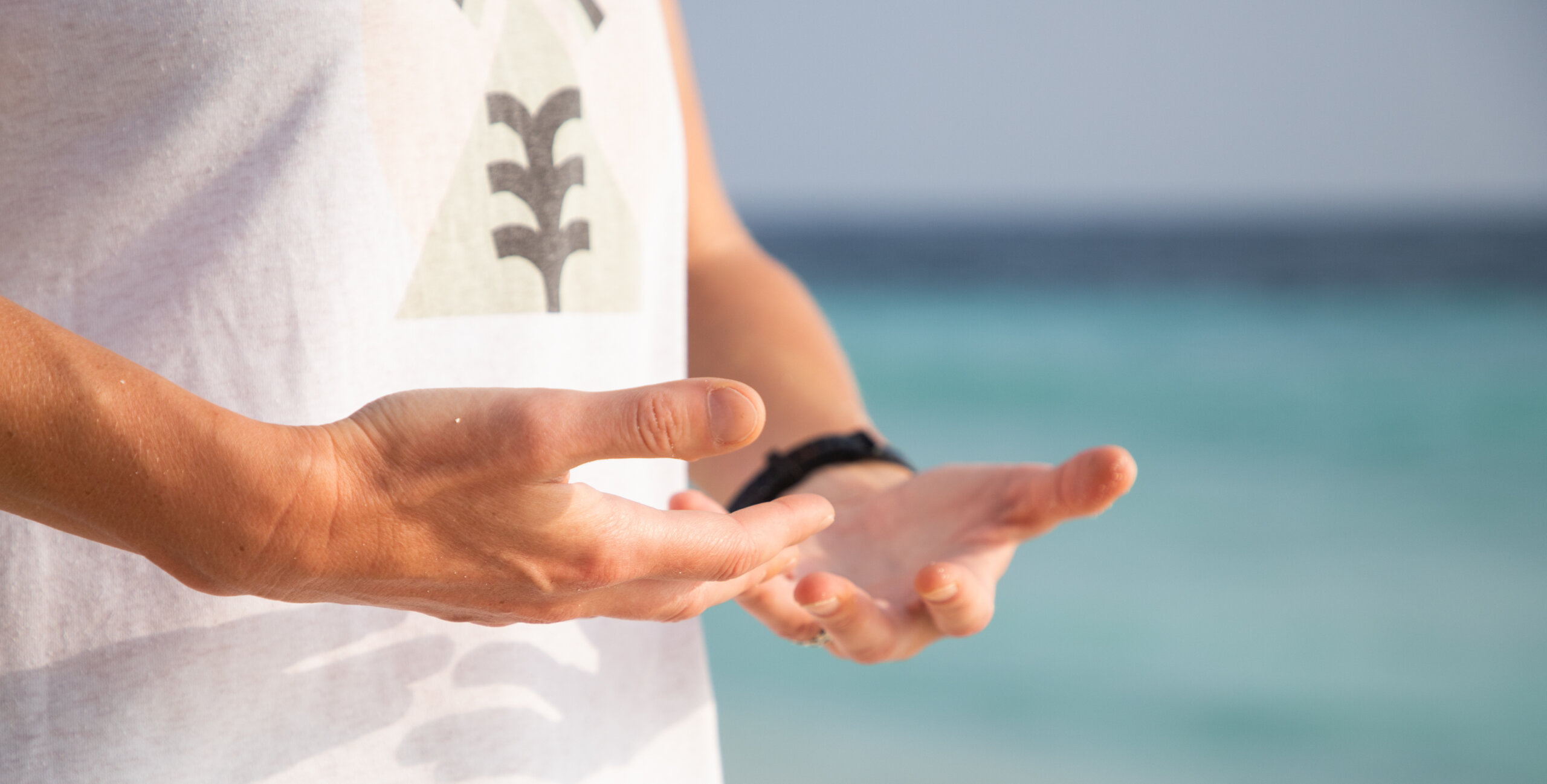
08 Sep Understanding the Profound Impact of Arthritis: A Holistic Perspective
Medications aren’t the only way to treat arthritis anymore.
Dr. Alik can relieve arthritis pain with his expertise and signature Acu-Healing treatments he has perfected over the last 30 years.
What is arthritis?
“Arthritis isn’t a single disease; the term refers to joint pain or joint disease, and there are more than 100 types of arthritis and related conditions.”[1]
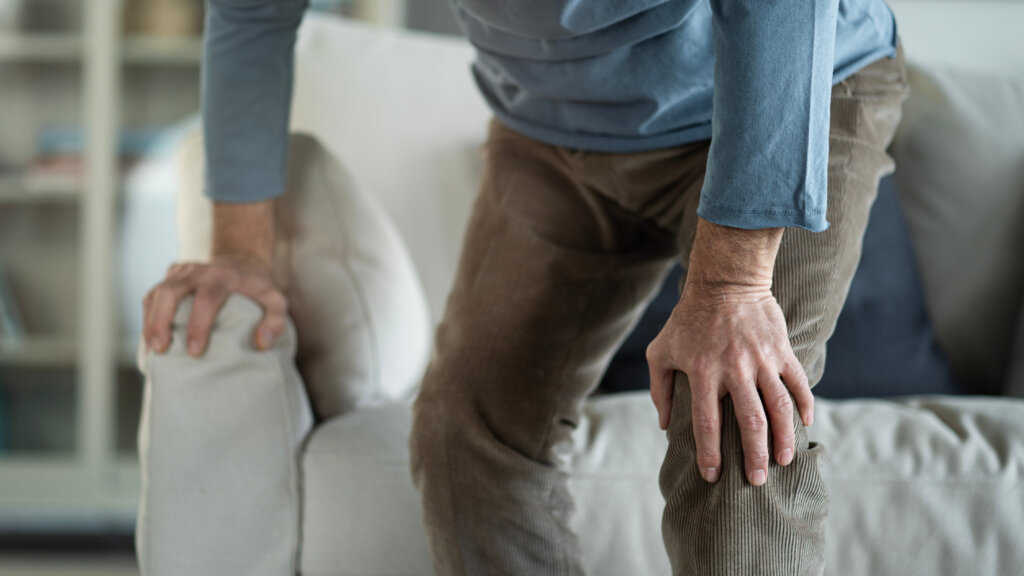
That’s the technical term, but those with arthritis understand it’s much more than a joint disease; it’s a chronic condition that impacts your social life. Going to a friend’s house has become impossible if you can’t get off their dining room chair.
It impacts how you feel about yourself, creating stress that then turns around and exacerbates the arthritis.
It can keep you from your favorite physical activities; those casual strolls through your favorite shop or along the beach sound tedious and painful.
So, how do you treat your arthritis?
Medication alone isn’t the best anymore.
Recent studies have concluded that medication alone isn’t the only solution to treat arthritis.[2]
Combining Eastern and Western techniques creates a more substantial, positive impact on your healing.
This is where Dr. Alik comes in. His signature Acu-Healing Therapy combines multiple techniques and treatments, from acupuncture to medical massage and energy healing to cold laser therapy.
But which treatment comes first?
When you arrive for a session, Dr. Alik will use multiple techniques to alleviate your pain, relax the body, and bring peace to your mind. A whole-body approach is paramount to continuous pain relief.
Acu-Healing starts with Acupuncture. Combining acupuncture with qi gong and energy healing brings a more holistic solution to arthritic pain. These techniques used simultaneously provide a greater impact on a patient’s recovery and care.
Acupuncture strongly reduces inflammation within the body, the opposite of what arthritis is trying to do.[3]
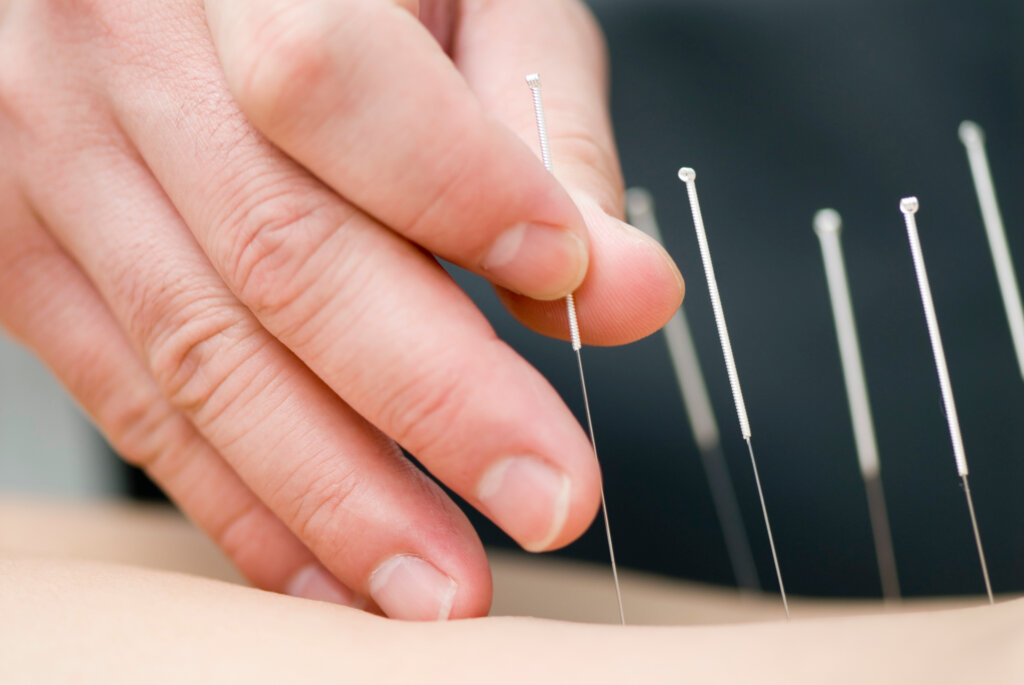
When inserted, the needle stimulates specific nerve fibers along the spinal cord, sending signals to the brain, which may trigger a release of endorphins. Endorphins are known as “feel good” hormones. This correlation leads scientists to believe this helps reduce pain! [4]
If you can alleviate the pain, you can help the body relax, easing the mind into a calm state of being.
Add in Qi Gong, Energy Healing, and Massage.
Qigong is very ancient; Qi, meaning light, and Gong, meaning working with light, was developed in China and India around 5,000 years ago.
Our bodies emit biophotons, often called ultra-weak photon emissions (UPEs), that can be detected and measured by several techniques. [5] As early as 1923, Russian researcher Alexander Gurwitsch discovered that living tissue gave off photons, which he termed “mitogenic rays.” He demonstrated that these ultraviolet rays (photons) stimulated cell reproduction.
Studies have shown that patients treated with Qigong reported significantly reduced pain and negative moods. [6]
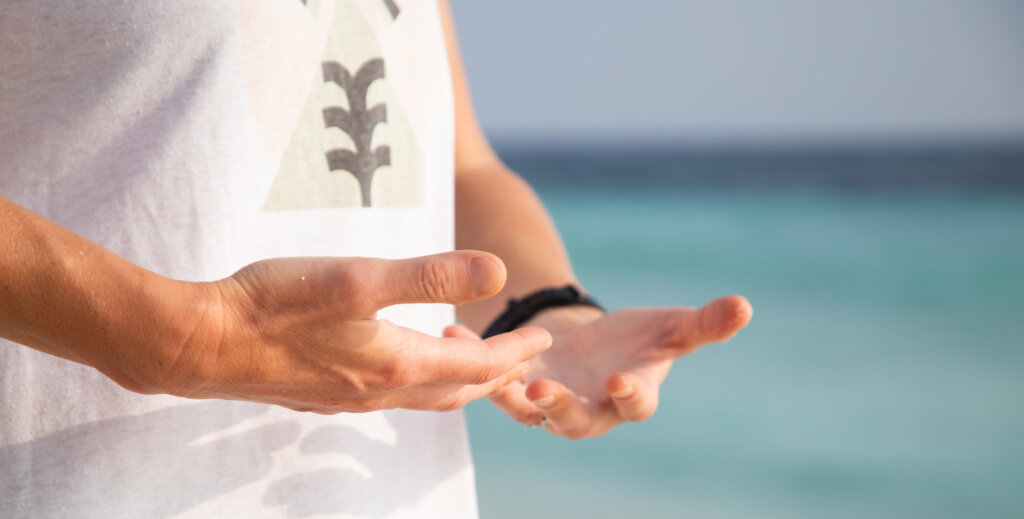
Energy Healing, like Reiki, encourages relaxation and alleviates stress and anxiety by employing gentle touch.
In the practice of Reiki, practitioners employ their hands to transmit energy to your body, enhancing the flow and equilibrium of your energy to facilitate the healing process.
Relaxing the mind and body creates a positive state of mind, an essential facet of healing.
Knee osteoarthritis pain, in particular, benefits from manual massage to encourage the muscles to relax.
Finally, cold laser therapy.
Cold laser therapy is called cold because the low light levels aren’t enough to heat your body’s tissue.
The condition and type of your arthritis determine whether or not Dr. Alik believes you would benefit from cold laser therapy.
It’s time to restore peace to your mind and your well-being.
Particularly when your body is trying to do the opposite!
A study conducted in 2020 found that pain catastrophizing, thinking about the pain in a negative way, and telling yourself that it’s going to be bad, get worse, or keep you from doing things actually leads to worse outcomes and leaves people feeling helpless. [7]
To combat this self-destructive behavior, Dr. Alik employs the above techniques to create a mind, body, and spiritual experience for his clients.
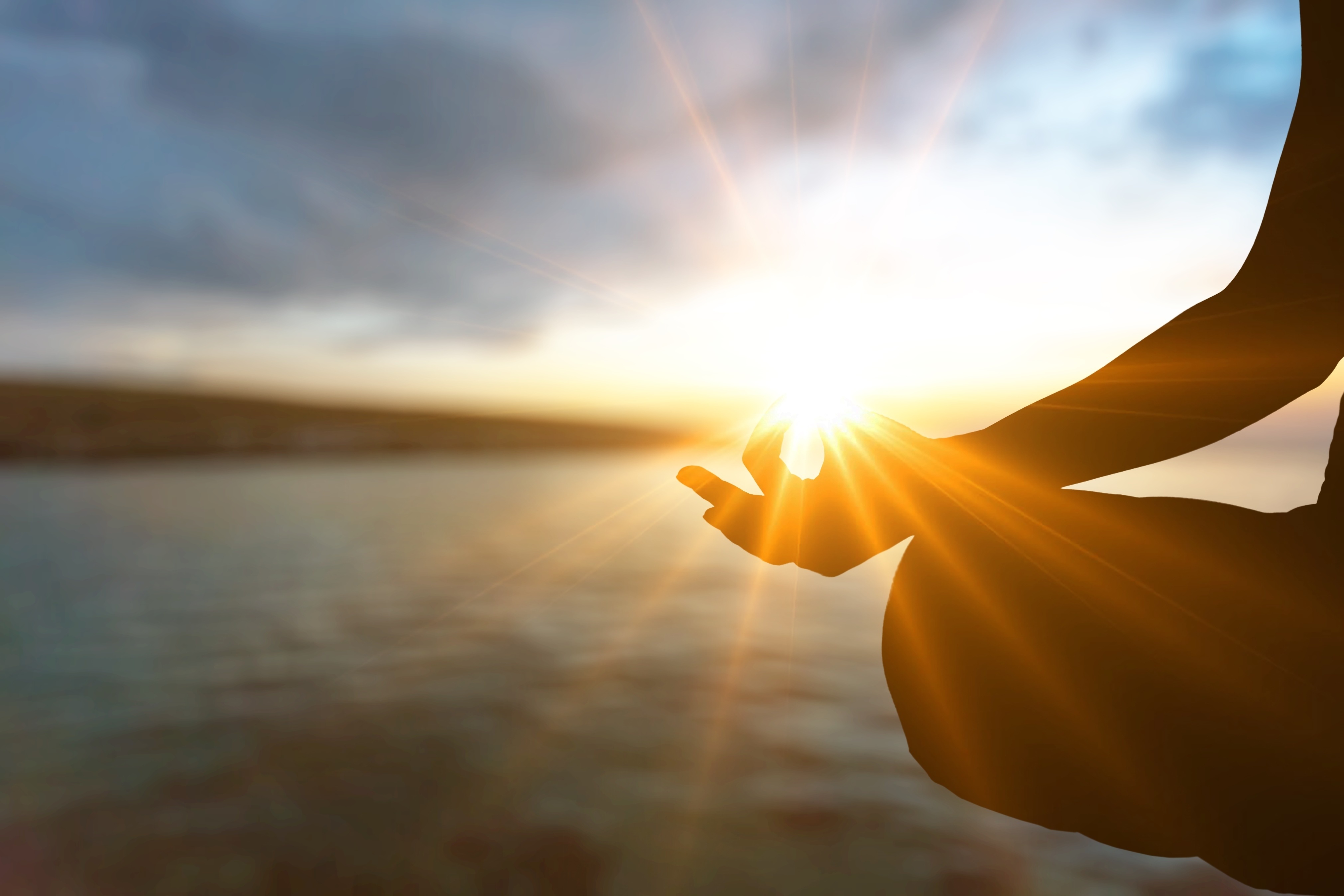
Healing requires focusing on the whole person, not just the problem area.
Call 239.322.3817 to schedule your free initial consultation with Dr. Alik.
[1] Rath, L. (2022). What Is Arthritis? | Arthritis Foundation. What Is Arthritis? https://www.arthritis.org/health-wellness/about-arthritis/understanding-arthritis/what-is-arthritis
[2] Wan R, Fan Y, Zhao A, Xing Y, Huang X, Zhou L, Wang Y. Comparison of Efficacy of Acupuncture-Related Therapy in the Treatment of Rheumatoid Arthritis: A Network Meta-Analysis of Randomized Controlled Trials. Front Immunol. 2022 Mar 7;13:829409. doi: 10.3389/fimmu.2022.829409. PMID: 35320944; PMCID: PMC8936080.
[3] Chou PC, Chu HY. Clinical Efficacy of Acupuncture on Rheumatoid Arthritis and Associated Mechanisms: A Systemic Review. Evid Based Complement Alternat Med. 2018 Apr 12;2018:8596918. doi: 10.1155/2018/8596918. PMID: 29849731; PMCID: PMC5925010.
[4] Li, Q., Shi, X., Xu, Q., Wang, J., Liu, Z., & Wang, P. (2012). Acupuncture Effect and Central Autonomic Regulation. Evidence-Based Complementary and Alternative Medicine : ECAM, 2013. https://doi.org/10.1155/2013/267959
[5] Wijk, Roeland & Wijk, Eduard. (2005). An Introduction to Human Biophoton Emission. Forschende Komplementärmedizin und klassische Naturheilkunde = Research in complementary and natural classical medicine. 12. 77-83. 10.1159/000083763.
[6] Chen, K. W., Perlman, A., Liao, J. G., Lam, A., Staller, J., & Sigal, L. H. (2008). Effects of External Qigong Therapy on Osteoarthritis of the Knee A Randomized Controlled Trial. Clinical Rheumatology, 27(12), 1497. https://doi.org/10.1007/s10067-008-0955-4
[7] Soleymani A, Masjedi Arani A, Raeissadat SA, Davazdahemami MH. Rumination-Focused Cognitive-Behavioral Therapy for Chronic Low Back Pain: A Randomized Controlled Trial. Galen Med J. 2020 Dec 28;9:e1722. doi: 10.31661/gmj.v9i0.1722. PMID: 34466577; PMCID: PMC8343985.

